Genograms
A genogram (also known as a McGoldrick-Gerson study[1] or a Lapidus Schematic[1]) is a pictorial display of a person's family relationships and medical history. It goes beyond a traditional family tree by allowing the user to visualize hereditary patterns and psychological factors that punctuate relationships.[1] It can be used to identify repetitive patterns of behavior and to recognize hereditary tendencies.[2]
Genograms were first developed and popularized in clinical settings by Monica McGoldrick and Randy Gerson through the publication of a book titled Genograms: Assessment and Intervention in 1985. Genograms are now used by various groups of people in a variety of fields such as medicine, psychiatry, psychology, social work, genetic research, education, and many more. Some practitioners in personal and family therapy use genograms for personal records and/ or to explain family dynamics to the client. Few if any genealogists use them
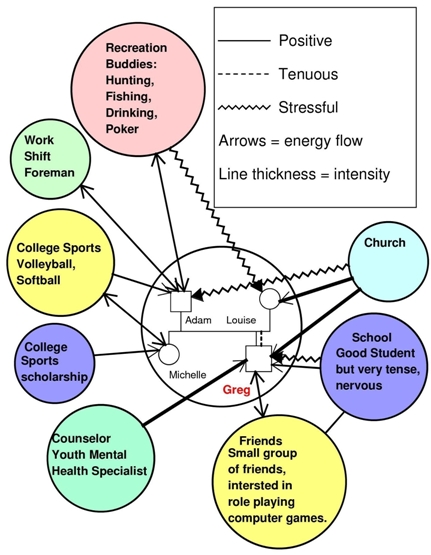
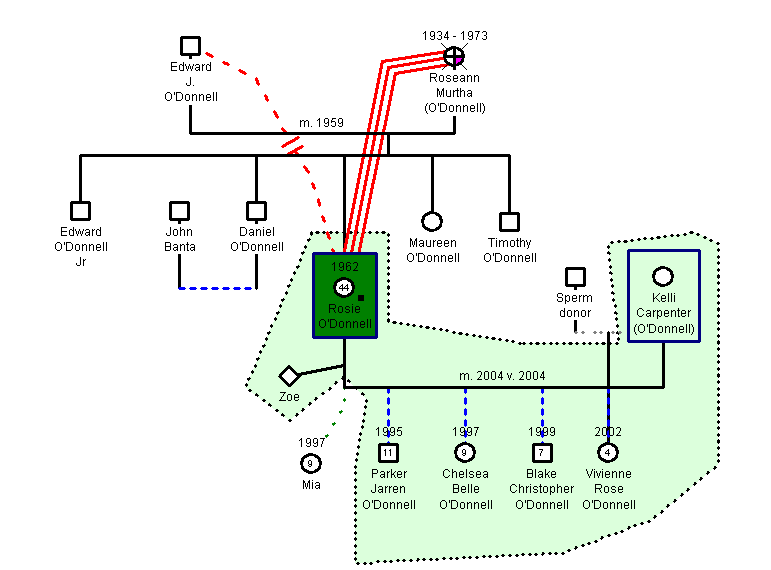


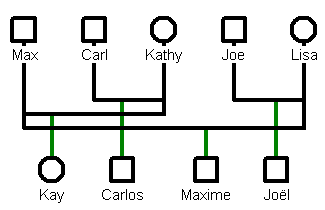
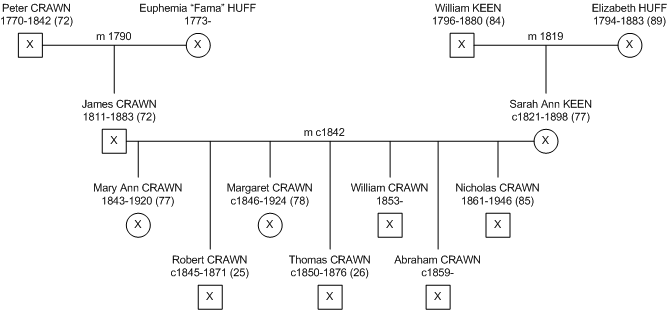

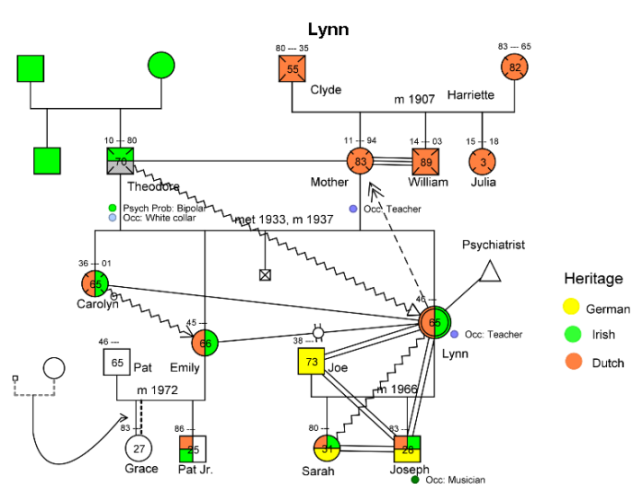






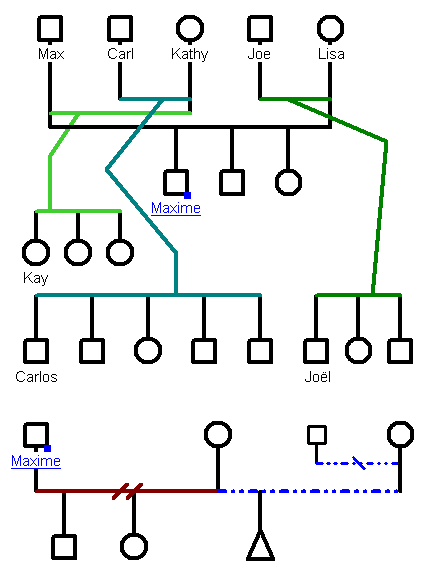
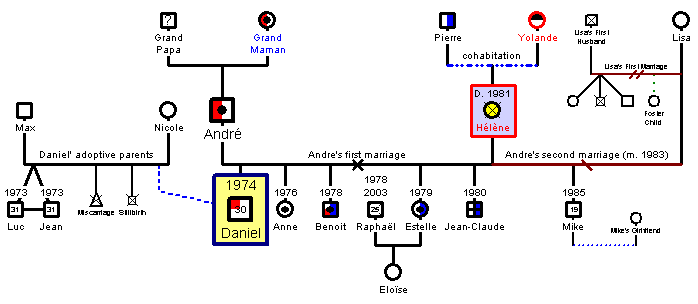
No comments:
Post a Comment